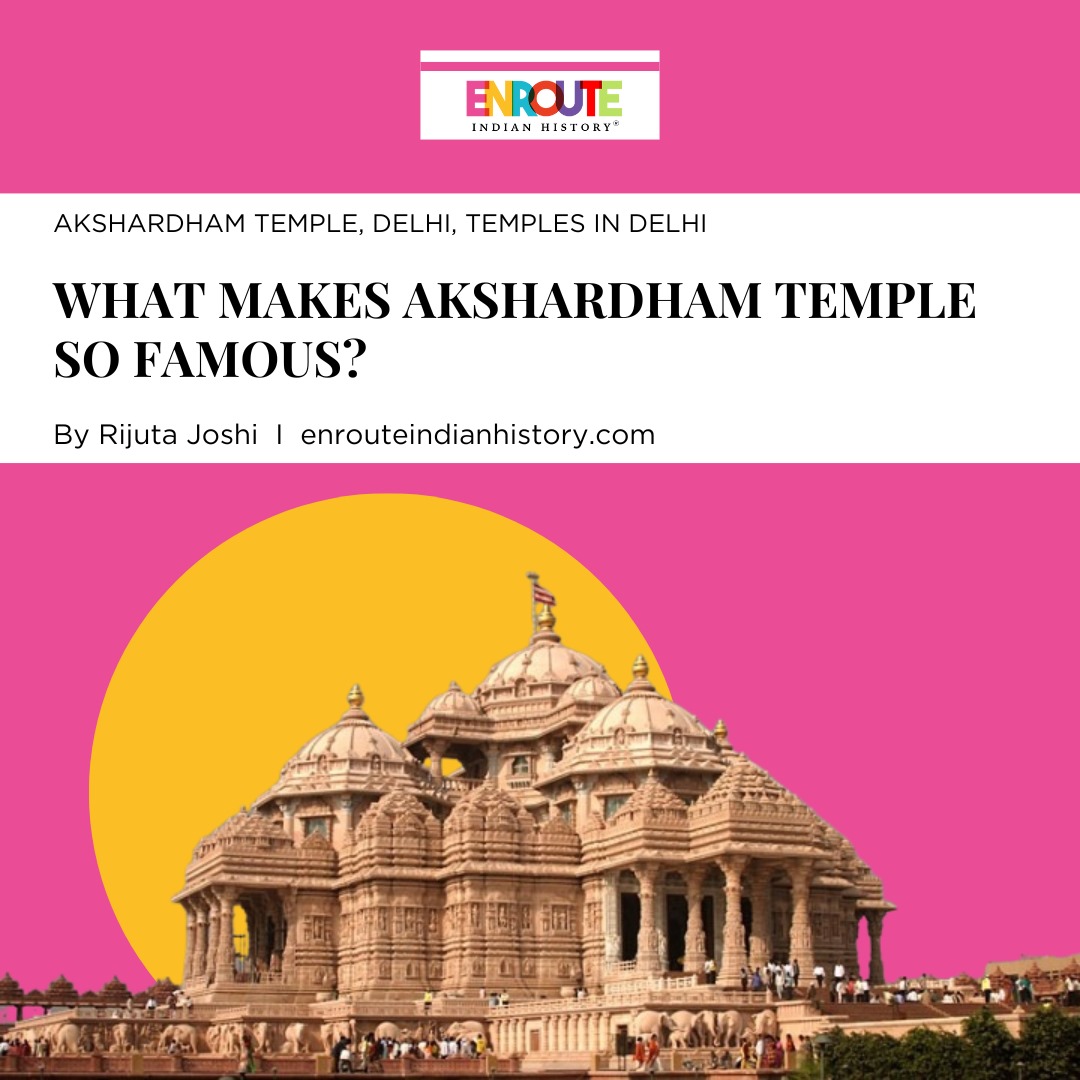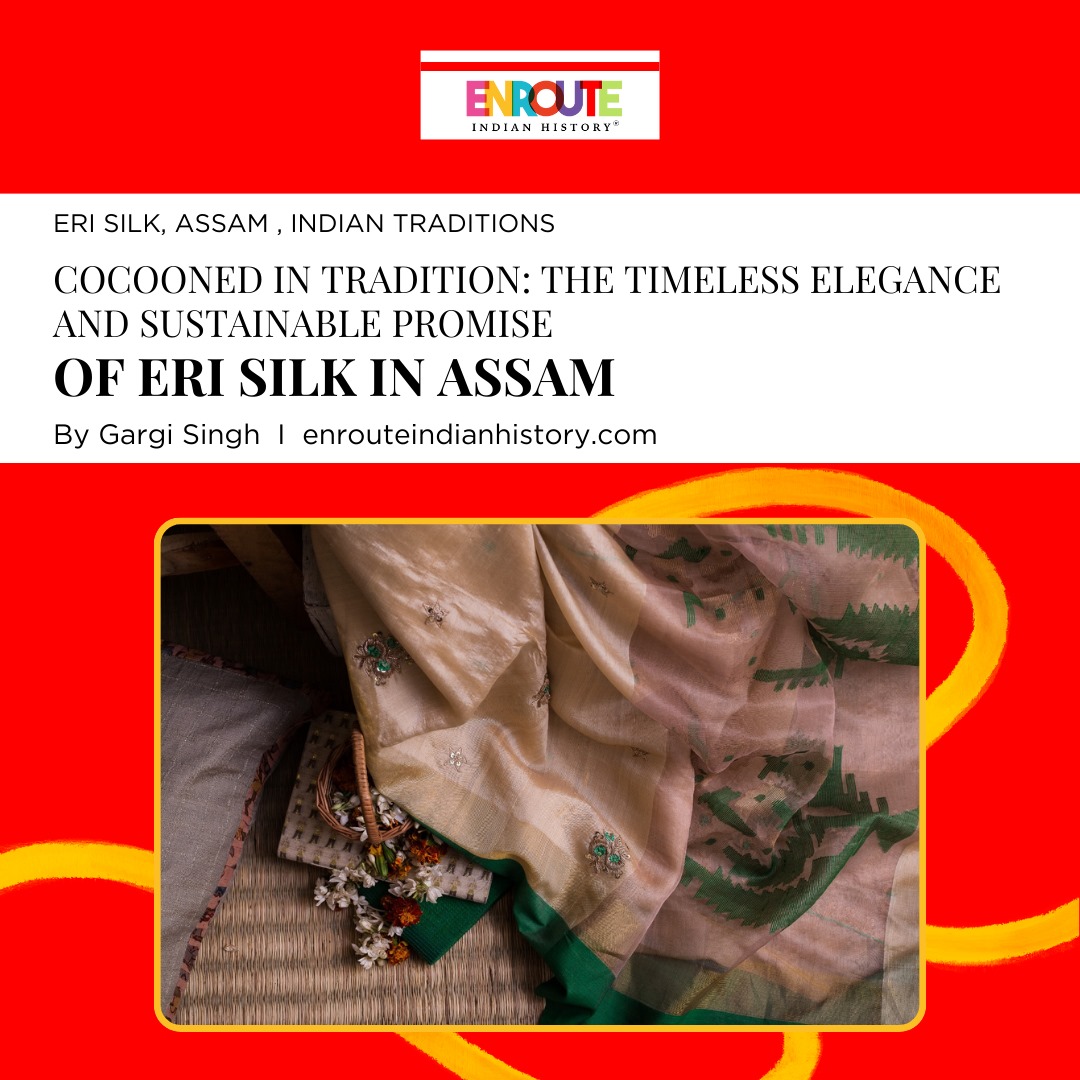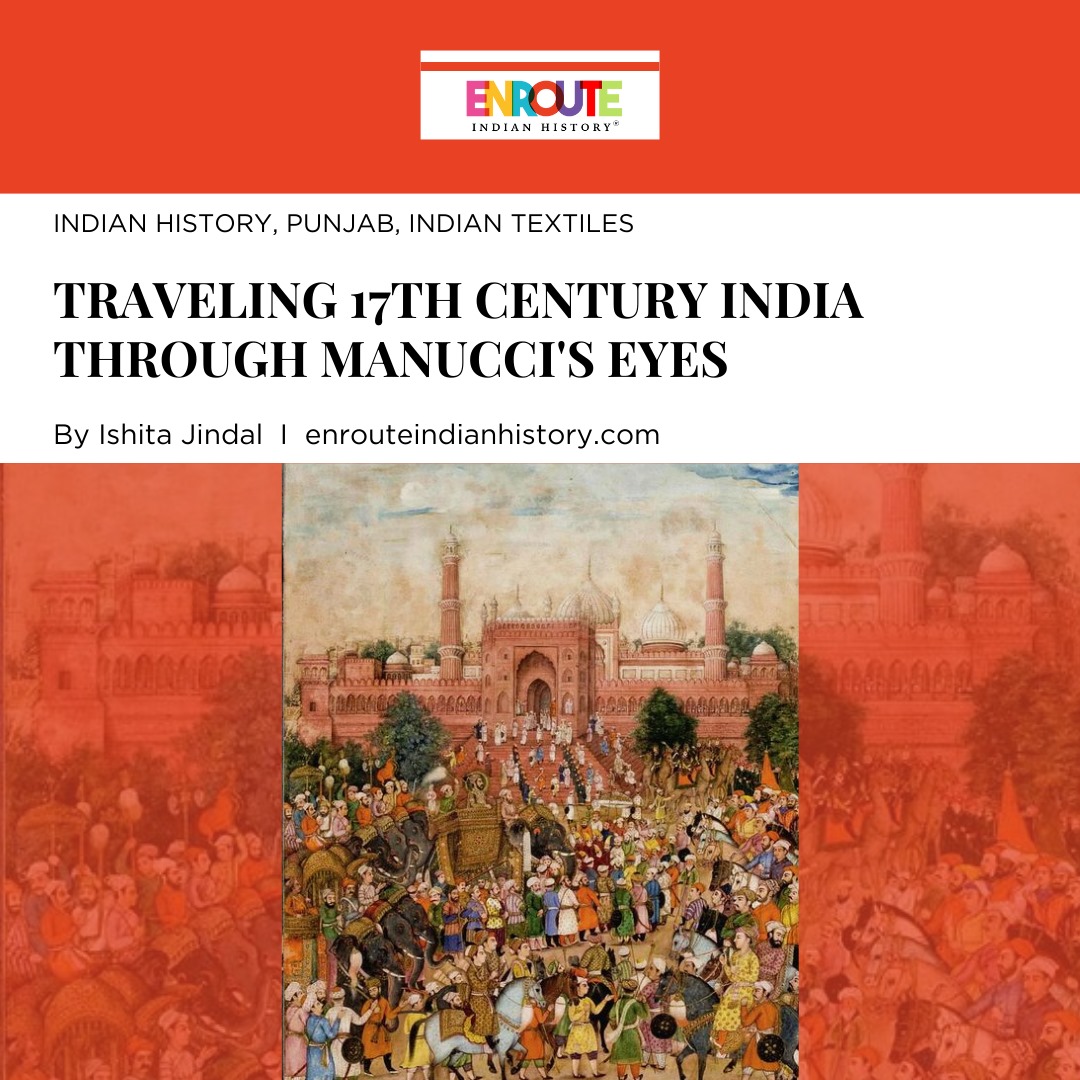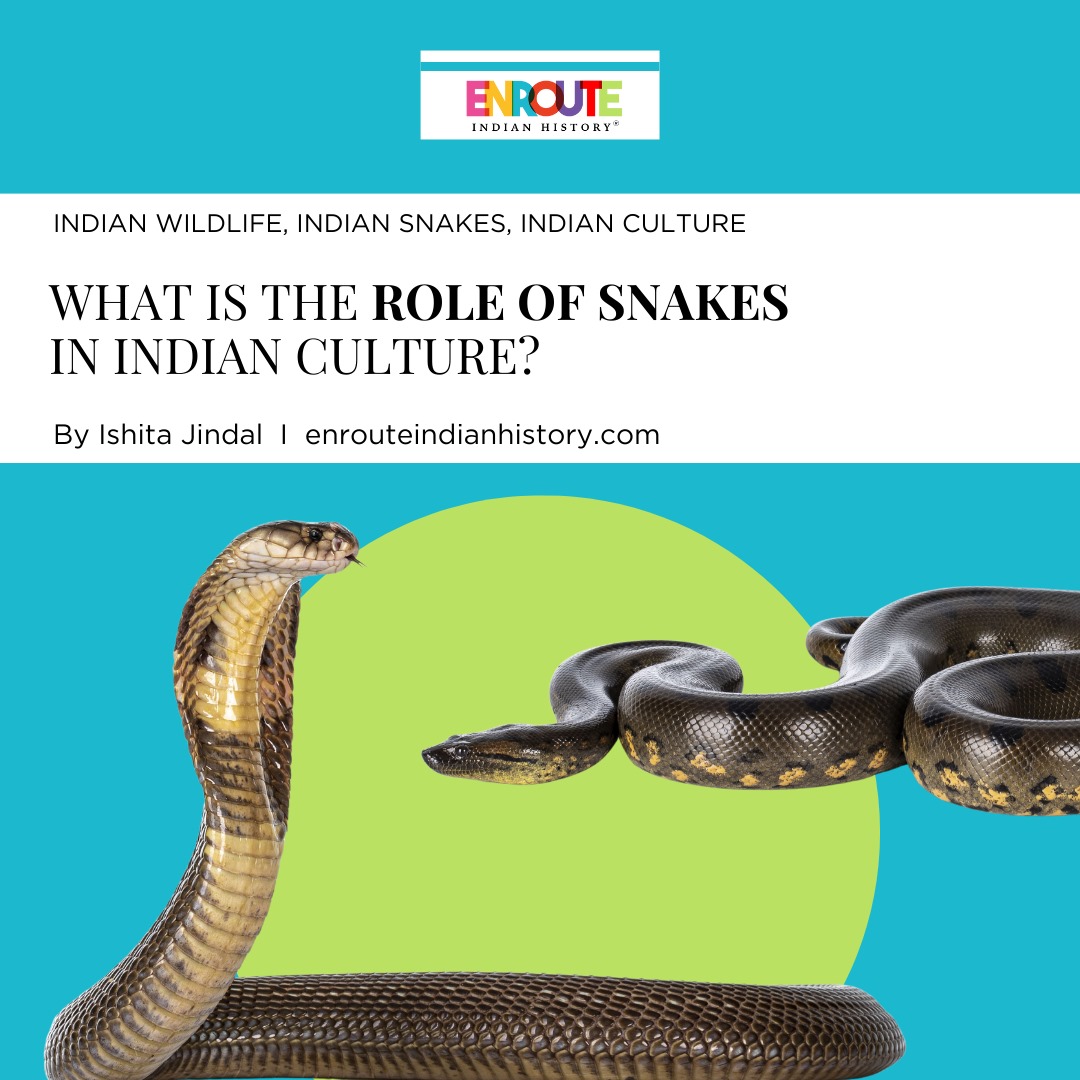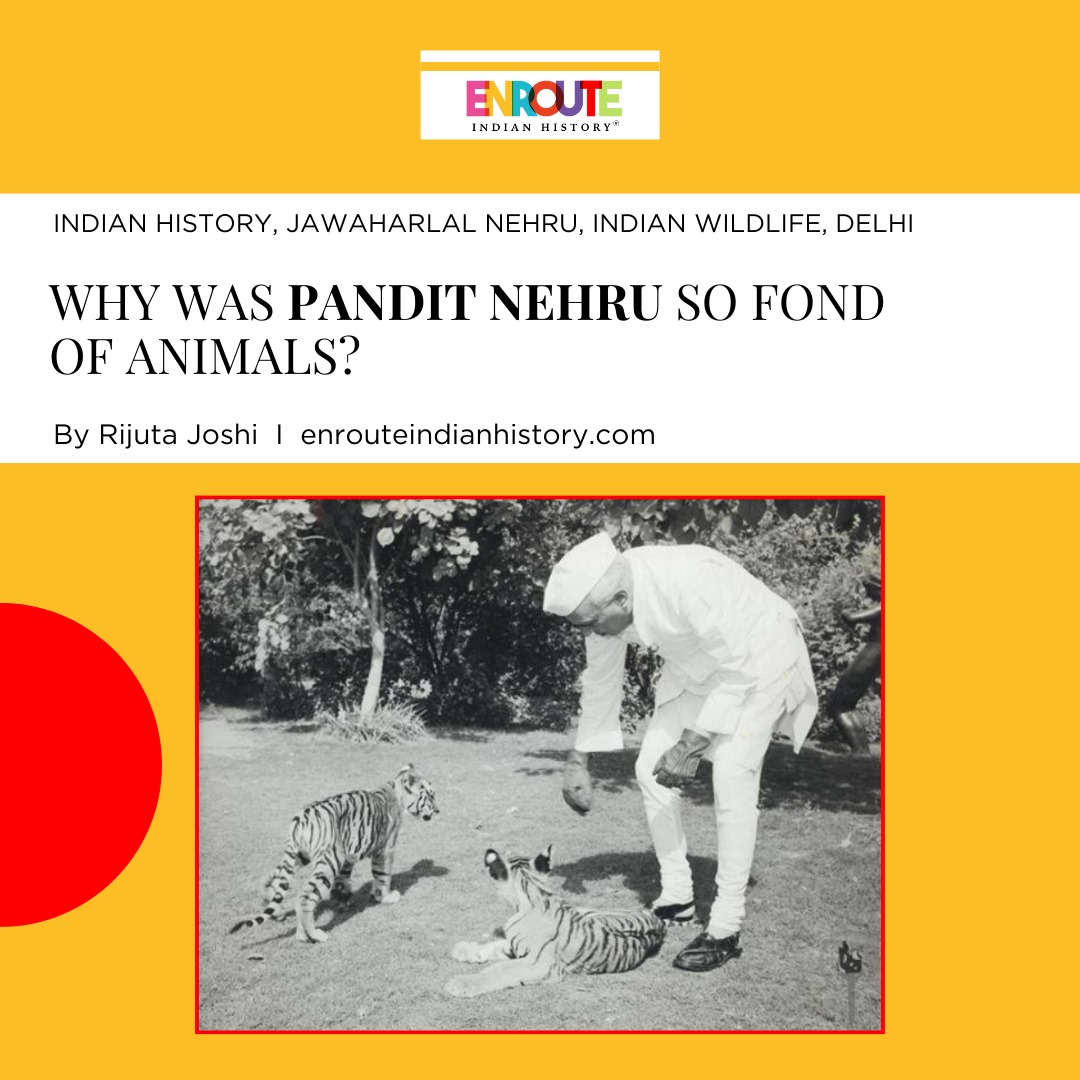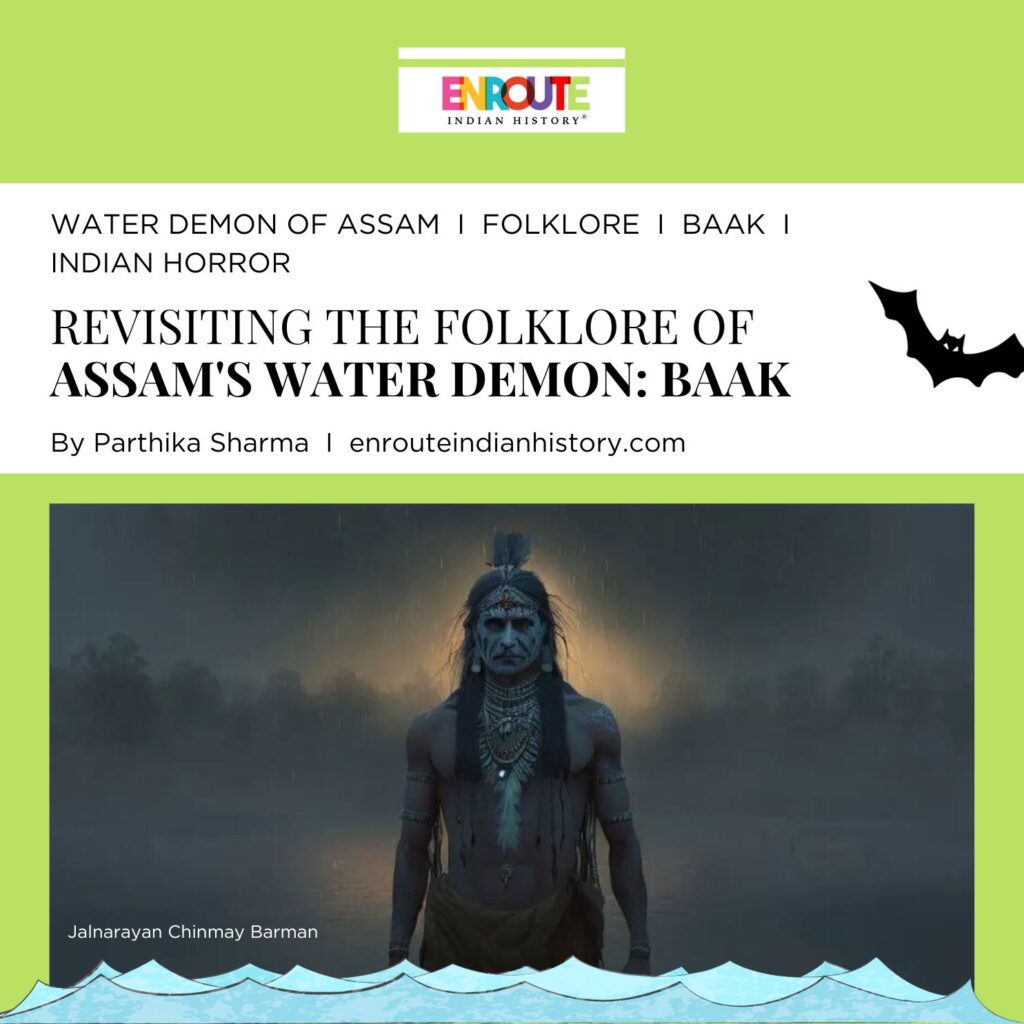
For a lot of people, evil thrills from grandma’s spooky tales reverberate the childhood memories of summer nightlife under the star-clad sky. Indian ghost stories are particularly popular because in the land of spirituality, where stories of demons and witches are a narrative tradition, inculcation of sensibilities and practices also came to be exhibited and strengthened through them. The threat of a spirit looming under the Banyan tree or the mysterious ability of a demoness (Baak) to follow the trail of naughty children was eerie enough to act as a deterrence against well-established practices. Haunted stories thus become part of cultures, passed on from generation to generation, as a discipline strategy for prescribing behaviors.
“In a series of tales, the baak molds into the shape of a man to live with his spouse. According to Kishore Bhattacharjee, this can be connected to men’s psychological insecurities about extra-marital love. A baak, however, is not a lethal death sentence; there are strategies to retaliate”
The quintessential “haunting experience” involves a visit to a haunted place, either physically while legend tripping or metaphorically while telling or absorbing a ghost tale. Spirits are inextricably linked to their ghostly domains. In Assamese folklore and medieval literature, spirits are identified specifically by their demeanor and places of habitation- the yakh spirit frequents cattle pens, the kandh spirit frequents cremation sites, and the budha-dangariya ghost resides on banyan trees.In his book “Assamese Demonology,” Benudhar Rajkhowa classifies Assamese spirits into four spatial groupings: “subterranean,” “terrestrial,” “aerial,” and “celestial.” Most fall in the second territory. Terrestrial spirits encompass aqueous spirits like dot, sylvan spirits like chaman, and household spirits like ghar-jets.This ghost story takes place in deep murky waters. If while traversing through a water body one witnesses a misty figure and detects a strong unbearable odor in the pall of thick fog, then trouble of a water demon looms large. Baak, Bak, or Bák is a grotesque-looking creature that nestles in lakes and ponds. In its malevolent ill-spirited form, it is said to frequent ponds and other still water sources, including wells; in its benign, innocuous state however, it is sometimes seen to frequent fields and trees that border marshy territory. It typically reeks of deadly and malicious disposition, frightening people, including fishermen, and drowning its victim to death. For the sake of staying alive, a malevolent baak needs, from time to time, a corpse, usually of a human, which it can seep into, occupy and resurrect. It often searches for bodies, including those that have been drowned or deposited in or close to a body of water following a crime. It frequently resuscitates the dead by taking on the form of its victim after death or possesses the victim. After that, it moves in with the victim’s family and makes an effort to murder them as well. In many folklores, Baak poses as a friend, follows the fisherman in the morning, takes his catch, and buries him facedown in the mud.
However, the water demon of Assam is not always portrayed as murderous. Contact with people is necessary for benign baaks as well, but this usually takes the form of playing tricks on humans, particularly youngsters, by taking different avatars. Benign baaks usually merely possess their prey and play tricks on them. In a series of tales, the baak molds into the shape of a man to live with his spouse. According to Kishore Bhattacharjee, this can be connected to men’s psychological insecurities about extra-marital love. A baak, however, is not a lethal death sentence; there are strategies to retaliate. It is reported that baaks are scared of torn fishing nets, therefore carrying them can help one avoid them. Baaks love fish, so much so that even today in villages, people take fish at night from the market or one house to another under the protection of garlic and mirchi (red chilies). It is sometimes said that they carry a pouch that retains their abilities, and possessing it can turn one into their master.A baak is not all that looms in the waters of Assam. The dot is a similar water demon of Assam found in channels, tanks, and morasses near bamboo groves. It is a slender but tall figure, jet-black in appearance, and stands roughly 18 feet tall, with sharp spike-like fingers. The moniker comes from the Sanskrit word daitya, which means a demon. It uses all kinds of enticements to drag humans to any isolated spot, where it attacks them viciously. But rarely does it kill a man. Hooving and splattering through water is a mah-lakh, a massive buffalo-shaped spirit that kills its prey by gnashing through their vital organs. A man possessed by it bellows like a buffalo. Jalshai and Jalnarayan are two sibling spirits that rule over water. In contrast to certain other spirits, they refrain from committing murder. On the other hand, those who have disregarded or broken particular rules may face punishment. Water is associated with purification in Hinduism, which could be the reason behind Jalnarayan’s affinity with it. The fact that the spirit rules over water may also imply that he has power over or influence over the element.
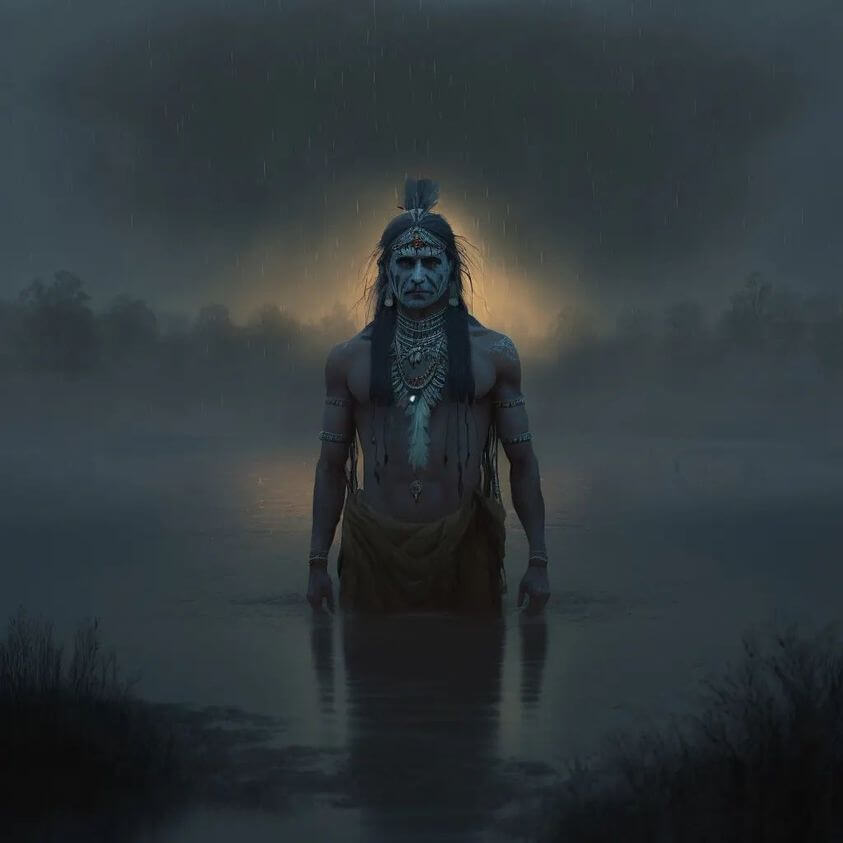 Jalnarayan:Chinmoy Barman/Jonakaxom
Jalnarayan:Chinmoy Barman/Jonakaxom
Datial or ‘jankakharia’ is another water demon located slightly away from bodies of water. Jankakharia literally translates as “living on the bank of a channel,” whereas datial means “living on the beach.” It is a pagan spirit that is unaffected by incantations. There are certain exorcism practices to eradicate a spirit that has taken possession of a deceased person. In the northeast, using an egg for divination and exorcism is a common practice. Additionally, the practice of drawing circles and lines on the ground in Assam, along with the usage of specific powders, leaves, sticks, and live or dead birds or animals, is typically associated with paranormal and magical practices. In medieval Assamese literature, this diagrammatic system—referred to as mangal-cowa—is also employed to categorize events as good or bad. Both Assamese and Sanskrit have chants to fend off bad spirits, free trapped spirits, and other supernatural problems.
While the gods, goddesses, and ‘supreme spirit’ of Assamese society are all pan-Indian in nature, the ghosts and malevolent spirits of Assam are distinctly her own. There are only a handful of Mayong and Kamakhya stories that are common throughout Assam. The majority of tribal and multiethnic stories are limited to certain regions within the state. There are over sixty different kinds of spirits, both good and bad, that may be found lurking in the shadows of Assam. Would you dare venture there?
BIBLIOGRAPHY:
- Rajkhowa, B., 1905. Assamese Demonology. Patrika Press.
- Sandal, Veenu (11 June 2016). “Malevolent spirits need death to survive”. Sunday Guardian Live.
- Kashyap, Samudra Gupta (18 March 2008). “All that haunts Assam now in a thesaurus”. The Indian Express.
- Kundu, R., 2003. Myth, Ritual and Demonology. Critical Response to RK Narayan, p.131.
- Bhattacharya, Rohit. “The Terrifying Baak, A Demon That Drowns You, Hides Your Body, & Takes Your Place”. ScoopWhoop.
- Bhuyan, Avantika (30 March 2018). “The little fish in big rivers”. Live Mint. Retrieved 24 October 2021
- Muthukumaraswamy, M. D. (2006). Folklore as Discourse. Chennai: National Folklore Support Centre, India.



